

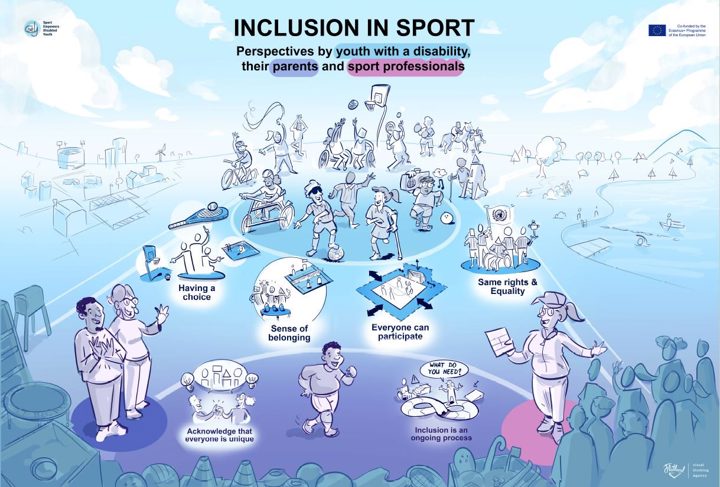
It was important to ensure that the authentic views, wishes and feelings of youth with a disability regarding inclusion in sport were attained. Therefore, online focus groups were conducted with youth with a disability, their parents and sport professionals in Finland, Lithuania, Portugal and The Netherlands. As you might have seen in the SEDY 2 inclusion statement video, seven themes regarding inclusion in sport have been identified from these interviews. On this page, these seven themes will be explained one by one. On the bottom of the page you can find a downloadable version of the inclusion statement (in English, Dutch, Finnish, Lithuanian and Portuguese).
These videos show the perspectives of youth with a disability, their parents and sport professionals on inclusion in sport. The videos are available in different languages.
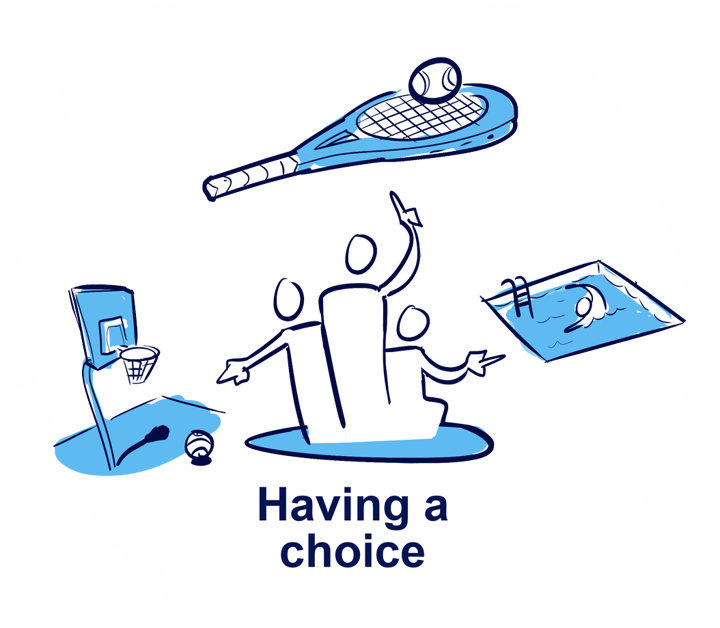
Youth with a disability share the same desire to have a choice regarding sport/hobby as other children. One of the children said: “I’ve been able to choose my hobby myself and I love it so much!” Parents underline the importance of having a choice and state that their child should be able to choose a sport that fits their skills and passion. For professionals, it is important to give children the opportunity to try out different sports and make their own choice.
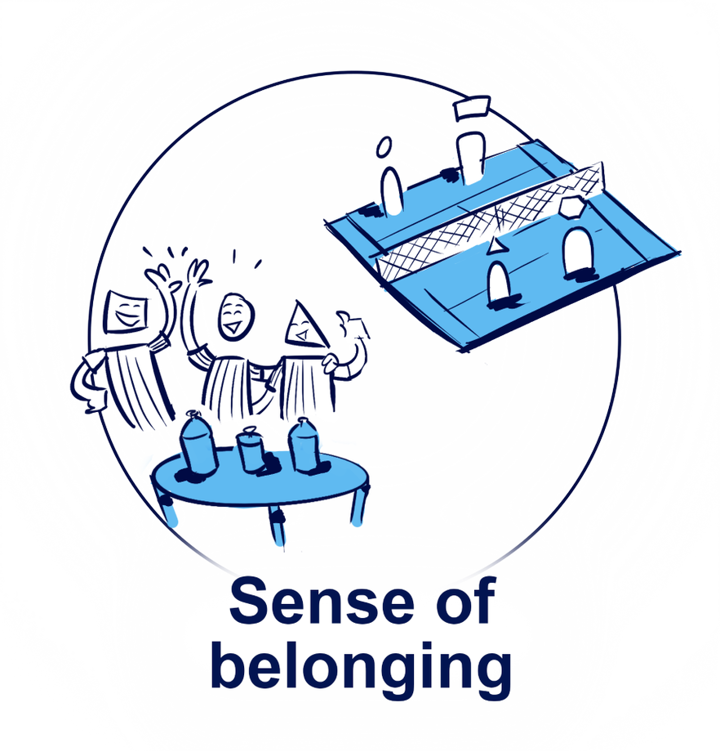
For youth, it is important to feel welcome and have the sense of belonging to a group: “…for me that's just, that I don't feel excluded or anything. I belong there, I do feel like I belong, because I'm in a group…” Parents underline the sense of belonging in games and practices and the friendship sport provides. For professionals, inclusion is about feeling welcome and being part of a group or team.
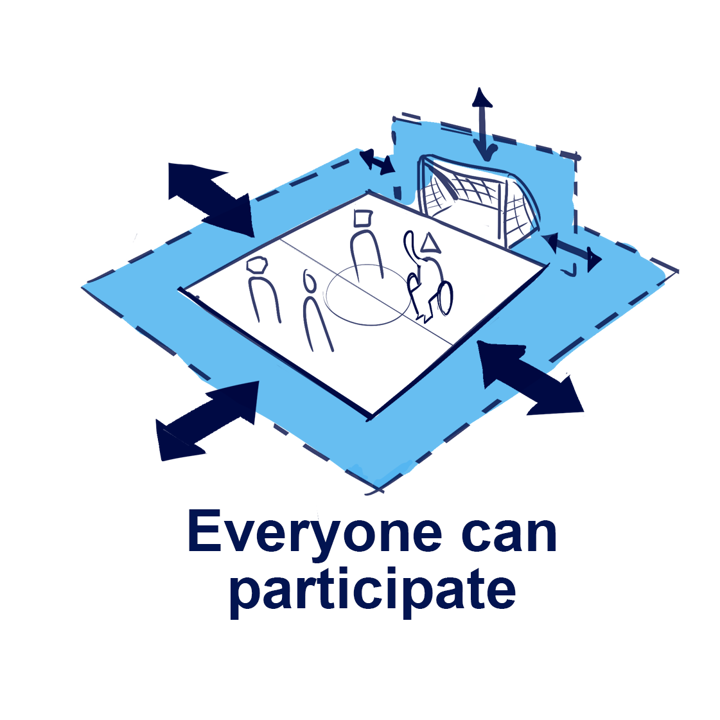
Almost all of the children participating in the focus groups stated that everyone can participate in sport: “I think that everyone can participate in sports. Not necessarily in the same ways, but in their own way…” Parents and professionals also underline that everyone counts. The environment should adapt to the personal circumstances, individual wishes and needs of children with a disability to make it possible for them to participate in sport. It is really not that hard: “You can always adapt it to make it possible.”

Parents see that their child with a disability doesn’t have the same rights and possibilities as able-bodied children and feel that this needs to change. The United nations Convention on the Rights of People with Disabilities states that all people have the right to leisure activities. But this equal access has proven elusive for youth with a disability. One of the children said it very nicely: “We’re all equal and we’re all different”. As a person, we are all unique and this makes us equal.
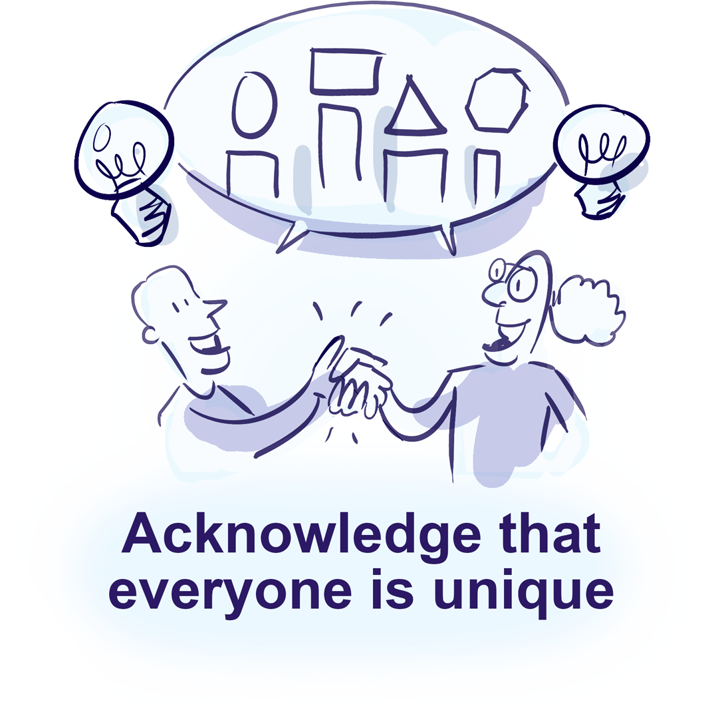
Parents and professionals state that everyone, with or without a disability, is unique. The environment of children with a disability has to acknowledge these differences and uniqueness. This will be a first step towards “a different and more open mentality in society in general” and a change in the culture within the sport.
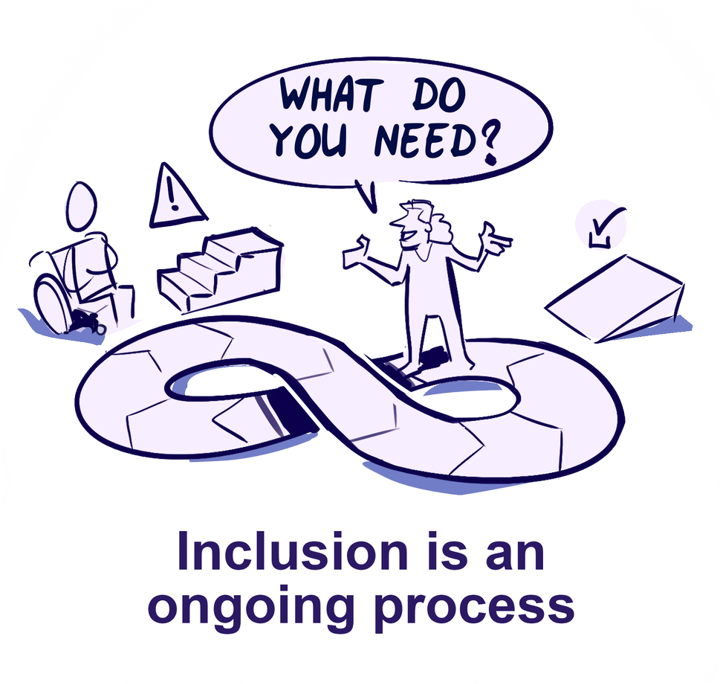
Both parents and professionals experience inclusion in sports as a multi-stage and ongoing process. Small steps forward make a big difference: “…it was a process that took place, a transition”. This is about the shared responsibility that we keep on working on inclusive sport opportunities together.
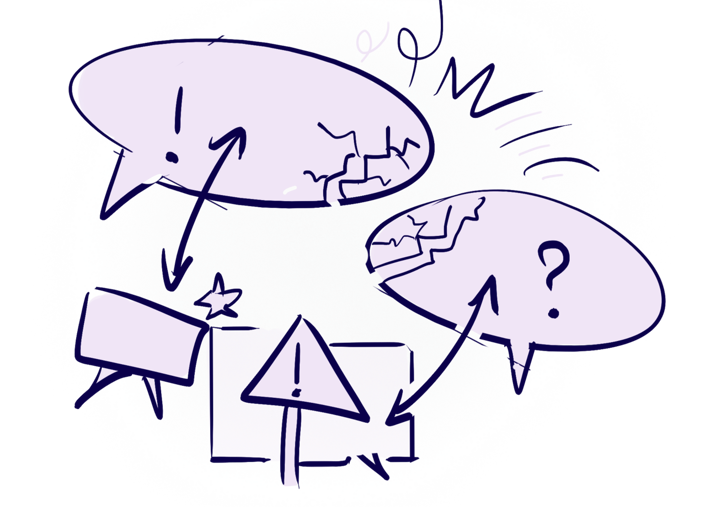
Sport professionals struggle with the terminology regarding inclusion: “…we shouldn’t create that fear in the field with this jungle of terms.” They experience that it is hard to use the right words. But inclusion is not about language. Ask children themselves what they need, what they can and what they like.
Please help us spread the word about the meaning of inclusion in practice or use the results as a starting point for conversations in your club or community!
Click on the button below to download the illustration, including the explanations for each theme.